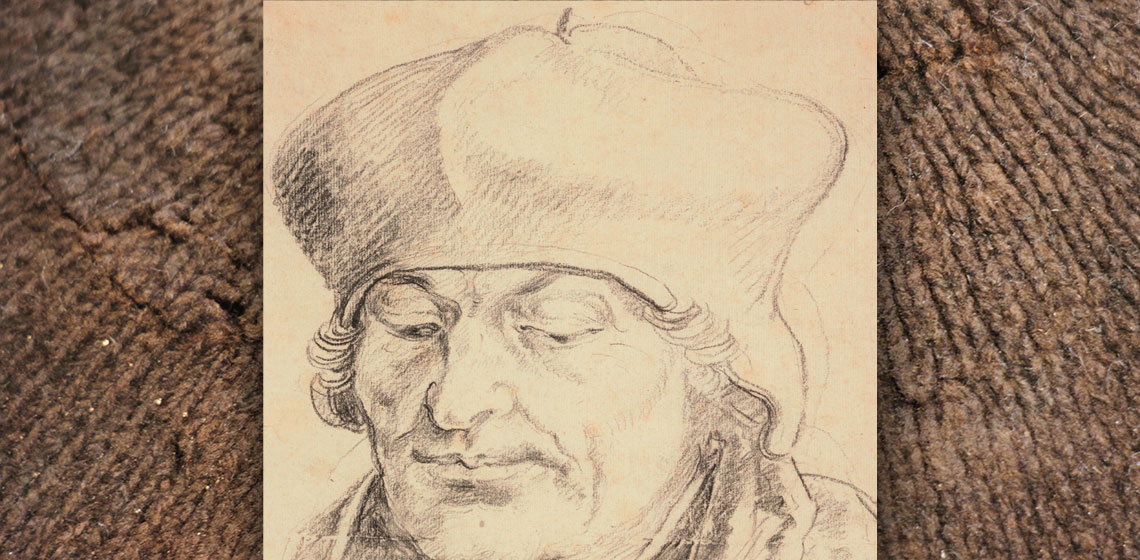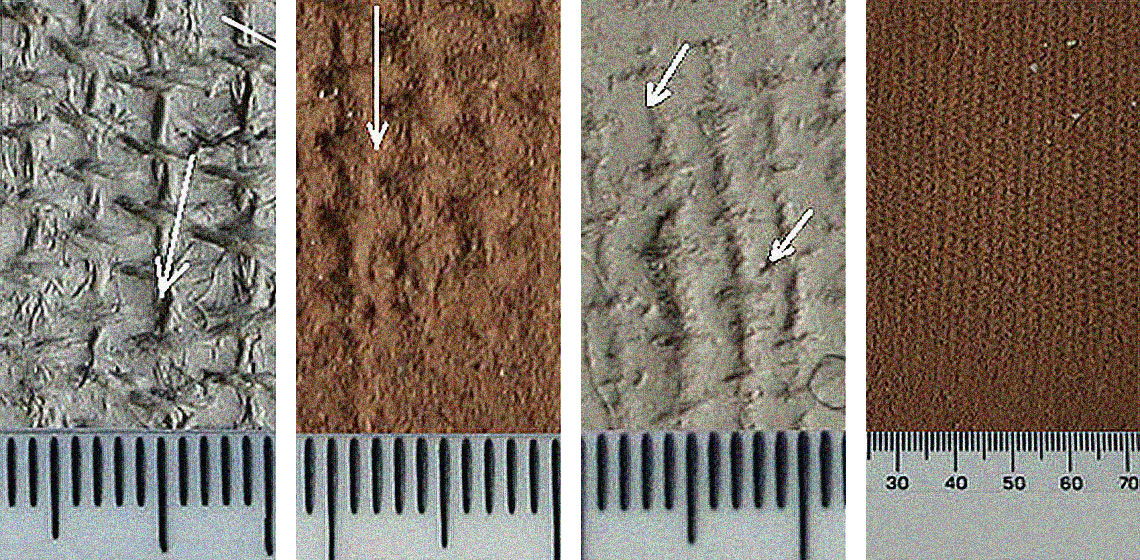Some Uses of Experiment for Understanding Early Knitting and Erasmus' Bonnet
The experimental work directly related to the archaeological evidence turned out to be essential to the investigation, but much of it was too technical for the original publication. Experimental archaeology is its proper context, and I presented the posters this article is based on at the EXARC conference in Leiden in April 2017 (Kruseman, 2017a) and at the KEME symposium in Copenhagen in August 2017 (Kruseman 2017b). Thank you to the organizers and participants!


